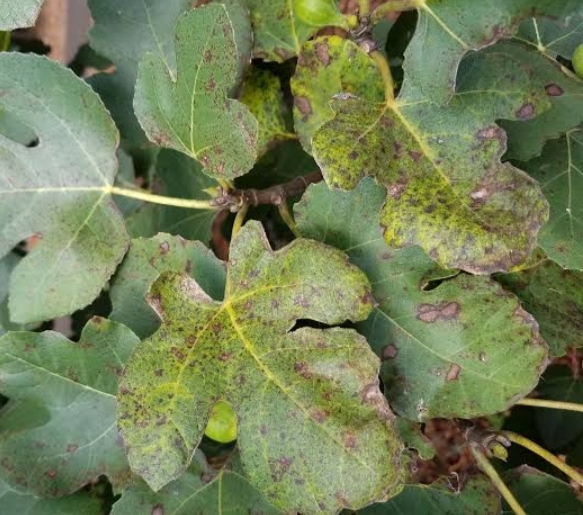Anjura Plant
Anjura, is a fruit-bearing tree that requires well-draining soil and full sun exposure. Water regularly, especially during dry periods, to promote fruit development. Prune to shape the tree and remove dead or diseased branches for optimal growth and productivity.
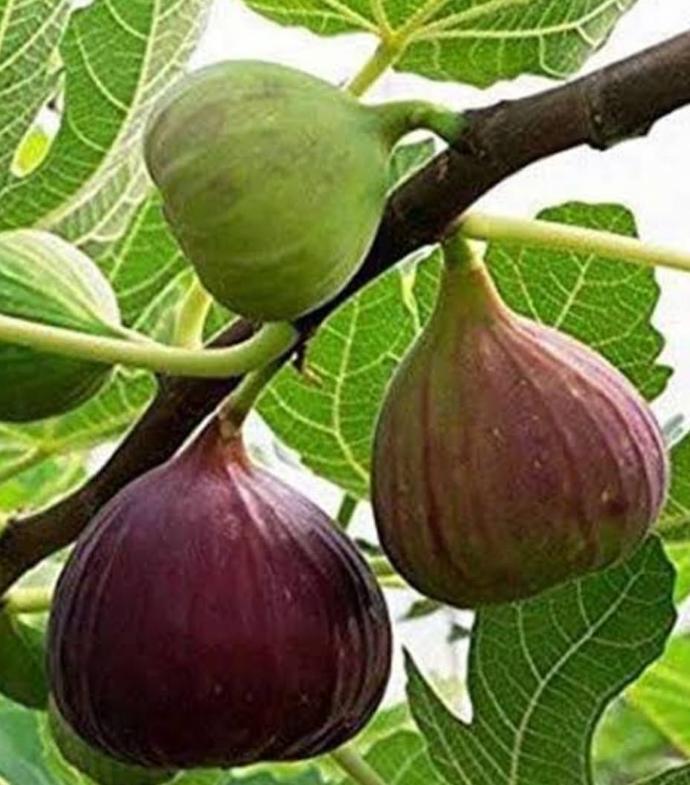
Habit
Tree
Height
Up to 30 ft
Growth
Moderate
Soil
Well Drained, sandy-loam
Shade
Full Sun
Moisture
Moist
Edible
Yes
Medicinal
Yes
Origin
India
Climatic Condition
Tropical, Sub tropical
Temperature (°)
20-30
Humidity (%)
60-80%
Potting media
Peat+Perlite
Fertilizers
Balanced NPK(10:10:10)
Watering
Regular Watering
Plant Weight
50-100 g
Flowering Time
Spring to Summer
Soil Ph level
6.0-7.5
Water Ph level
6.5-7.0
Soil EC
0.6 dS/m
Yield Per Plant
Low Yield
NPK ratio
10:10:10
life Span
1-2 yrs
Health Benefits
Suggested Grow Media or Potting Mix ?
50% loamy soil, 30% compost, 20% sand
Suggested Fertigation/Fertilizers
Fertilize every 4 weeks with a balanced fertilizer.
Common Diseases and Remedies
Fig mosaic virus, fig rust.
Mottled yellow, green patterns on leaves, distorted growth. Wilting, and collapse of entire plant. Rust coloured spores on the lower leaf surface.
Remove and destroy infected plants, improve soil drainage, avoid over watering, remove affected leaves.
HEALTH BENEFITS
The Anjeer plant (Ficus carica) is a species of fig tree that is native to the Middle East and Mediterranean regions. The plant has been cultivated for thousands of years for its edible fruit, and it also has several health benefits. Here are some of the key health benefits of the Anjeer plant:
Health Benefits
1. Digestive Health: The Anjeer plant is rich in dietary fiber, which can help promote digestive health and prevent constipation.
2. Antioxidant Properties: The plant contains antioxidants that can help protect against oxidative stress and inflammation.
3. Anti-Inflammatory Properties: The Anjeer plant has anti-inflammatory properties that can help reduce inflammation and alleviate symptoms of conditions such as arthritis.
4. Cardiovascular Health: The plant's fiber, potassium, and antioxidants can help support cardiovascular health by reducing cholesterol levels and blood pressure.
5. Cancer Prevention: The Anjeer plant's antioxidants and other compounds may have anti-cancer properties, although more research is needed to confirm this.
6. Skin and Hair Benefits: The plant's antioxidants and other compounds may help promote healthy skin and hair.
7. Immune System Support: The Anjeer plant's vitamin C and other compounds may help support the immune system.
What Is An Anjura Tree?
Anjura trees : Appearance : Small deciduous trees or large shrubs, generally growing 7-10 meters tall with smooth white bark. Their large, deeply lobed leaves have 3-5 lobes and can be quite fragrant. Native to the Mediterranean and West Asia, but now cultivated worldwide in warm climates. Figs, technically called syconia, develop as hollow, fleshy structures lined with tiny flowers inside. They have a unique pollination process involving specialized wasps for each Anjura species. They played a significant role in ancient cultures and hold symbolic meaning in various traditions. They are valued for their delicious fruit enjoyed fresh, dried, or cooked in various dishes .
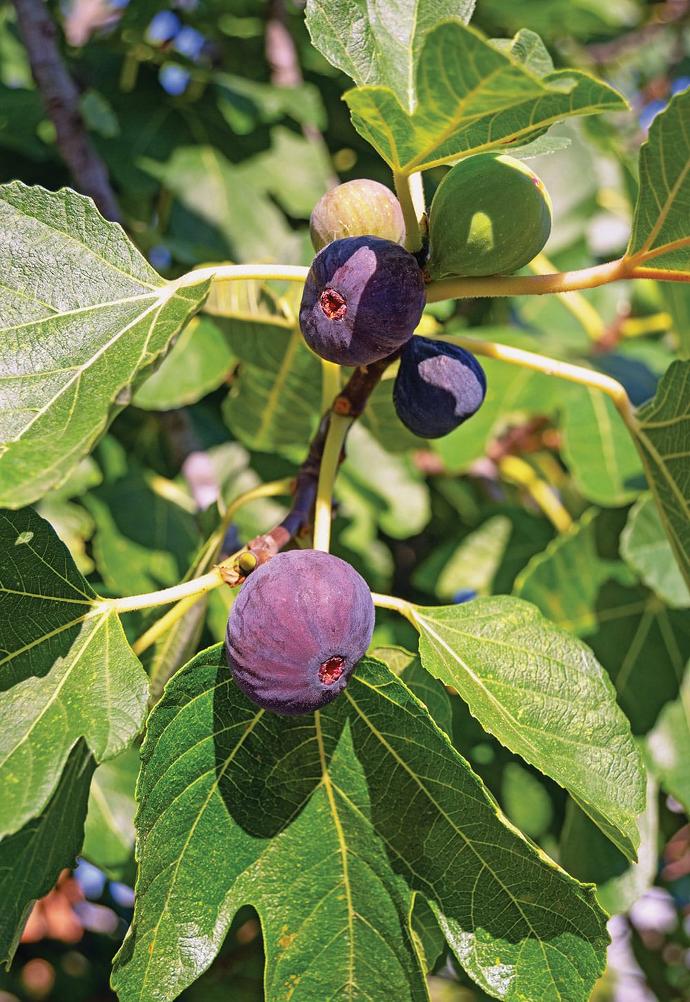
What Are The Different Types Of Areca Palm Plants?
1. Black Mission
Deep purple skin with sweet, honey-like flesh.
2. Brown Turkey
Large, tasty figs produced over a long season.
3. Fiddle leaf fig
A popular houseplant with large, violin-shaped leaves.
4. Chicago Hardy
A cold-hardy variety suitable for cooler climates.
5. Weeping fig
Another popular houseplant with cascading branches and smaller leaves.
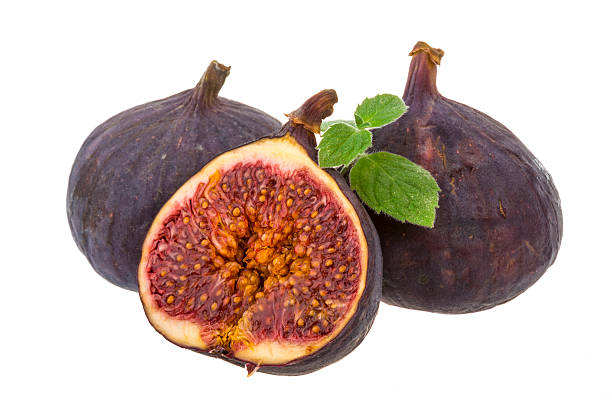
How to care for Anjura Plant ?
Caring for Anjura plants can be rewarding, leading to delicious homegrown fruit. Here's a general guide, but remember to adjust based on your specific variety and climate.
1. Location
Outdoor: Generally, common Anjura trees thrive outdoors in warm climates with long, hot summers (zones 8 and above). They need full sun (6-8 hours daily) for optimal fruit production.
Indoor: While not ideal, certain cold-hardy varieties can potentially be grown indoors, but it's challenging. They still need lots of sunlight (ideally using grow lights) and a cool, dormant period in winter.
2. Sunshine
Most Anjura trees thrive in full sun, receiving at least 6-8 hours of direct sunlight daily. Choose a warm, sheltered location protected from strong winds.
3. Soil
Anjura prefer well-drained, slightly acidic soil rich in organic matter. Add compost or aged manure to your planting hole and consider using containers with drainage holes if your soil is heavy.
4. Hydration
Watering: Water deeply and regularly, especially during hot weather, allowing the top inch of soil to dry between waterings. Avoid overwatering, which can lead to root rot. Reduce watering in winter as the plant goes dormant.
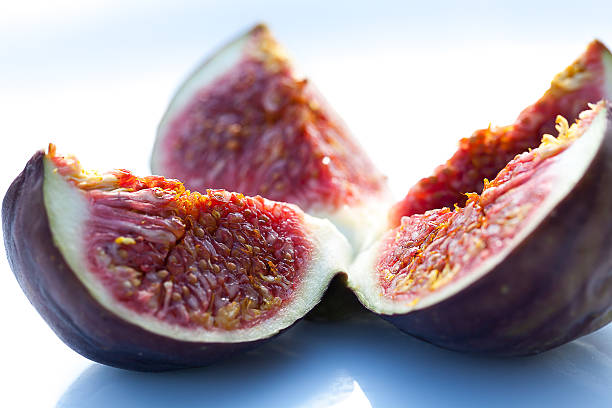
5. Nourishment
Fertilizing , Feed your Anjura tree a balanced fertilizer once a month during the growing season (spring and summer).
6. Issues
General issues-Watering issues:
Overwatering: Can lead to root rot, characterized by wilting leaves and stunted growth. Ensure proper drainage and adjust watering frequency.
Sunlight:
Insufficient sunlight: Can lead to weak growth, poor fruit production, and pale leaves. Ensure your Anjura plant receives enough sun based on its needs.
What are the Benefits of the Anjura Tree ?
Anjura are a delicious and nutritious fruit that offer a variety of health benefits. They are a good source of fiber , vitamins, and minerals, and have been shown to support digestive health, heart health, and bone health.
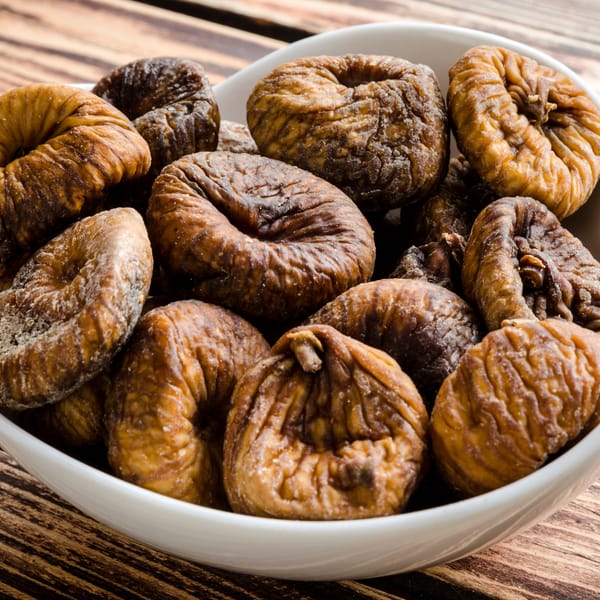
FAQs About Growing Anjura
1. How to maintain Anjura plants?
Mulch around the base of your Anjura tree to retain moisture and suppress weeds. Rotate container-grown plants regularly for even growth and sunlight exposure. Clean up fallen leaves and debris around the plant to reduce pest and disease risks.
2. What are the uses of Anjura plants?
Fresh Anjura: Enjoyed for their unique sweetness and chewy texture, fresh Anjura are a versatile treat. Savour them whole, use them in salads, desserts, jams, or even savoury dishes like pizzas and tarts. Dried Anjura: A concentrated burst of sweetness and fiber, dried figs are excellent snacks, baking ingredients, and additions to granola bars and energy bites.
3. Can I grow Anjura indoors?
While growing Anjura indoors isn't impossible, it can be more challenging than growing them outdoors and may not be suitable for everyone. Here's a breakdown of the feasibility .
Challenges:
Light: Most Anjura varieties, particularly common Anjura, need full sun (6-8 hours daily) for optimal growth and fruit production. Indoor light often falls short, requiring supplemental grow lights.
Size: Many Anjura trees grow quite large, potentially exceeding indoor height limitations. Dwarf varieties are available, but even they require some pruning for manageable size.
4. which place is best for growing Anjura plants?
Well-drained soil: Anjura don't tolerate soggy roots, so ensure your soil drains well. Amend it with compost or organic matter if needed.
Full sun (6-8 hours daily): Anjura need ample sunlight for optimal growth and fruit production. Choose a south-facing location with minimal shade.
5. How to use Anjura fruits?
When selecting fresh Anjura, look for ripe ones with soft skin and no blemishes. Store them in the refrigerator for up to a week.
Dried Anjura can be stored at room temperature in an airtight container for several months.
If dried Anjura are too hard, soak them in warm water for about 15 minutes to soften them before using.
